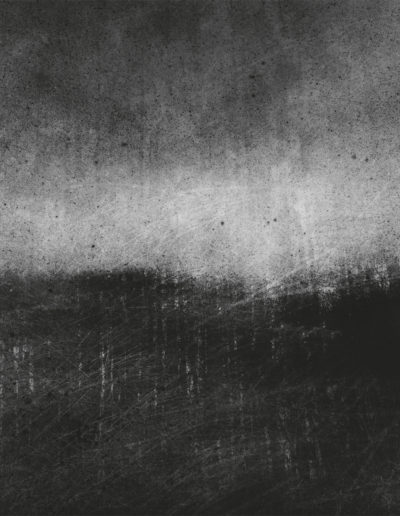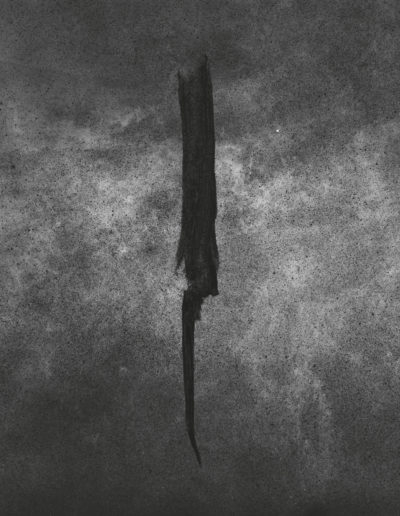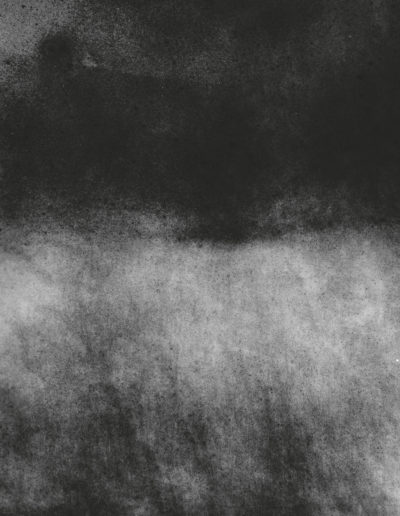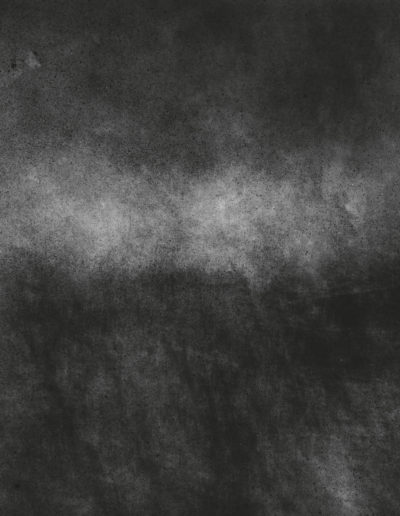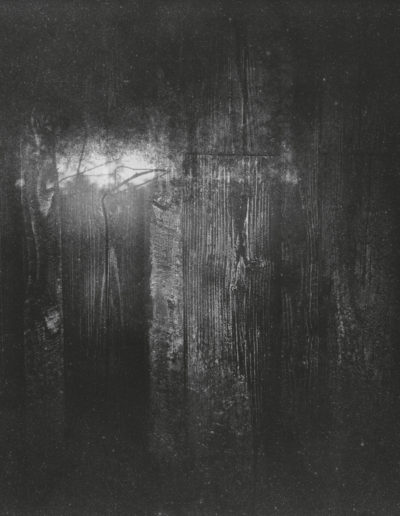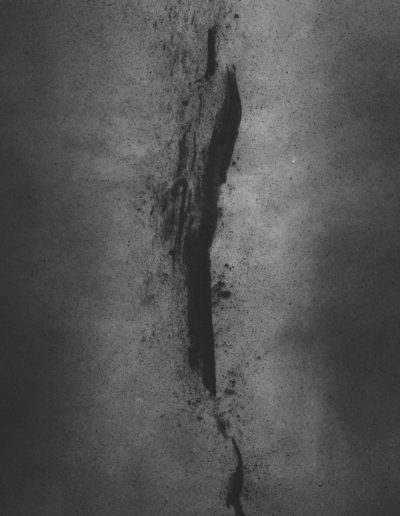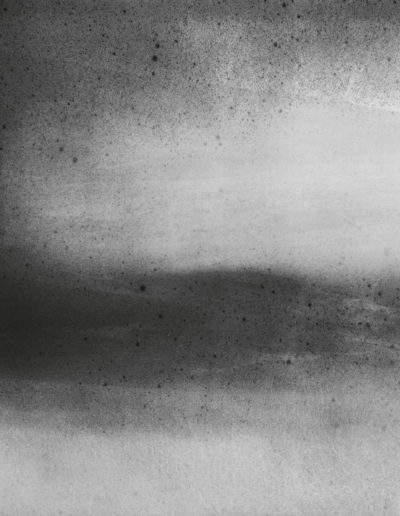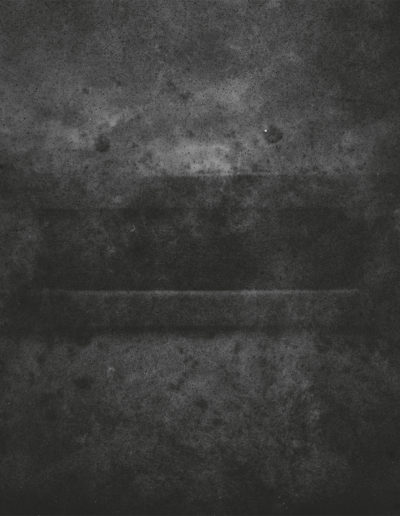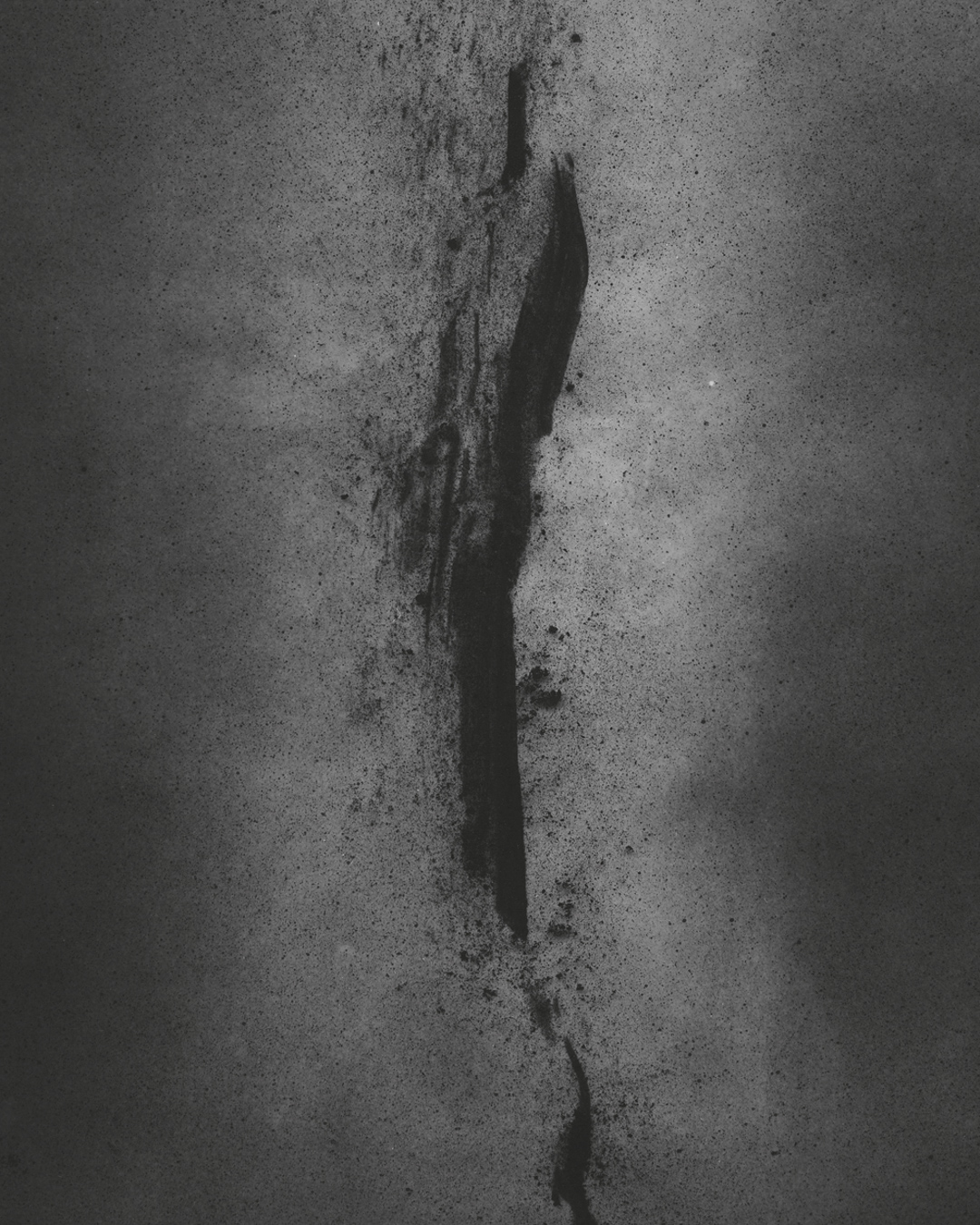
In 2017 I moved to a small village in the Scottish Borders, close to the Kershope Burn that marks the boundary between England and Scotland. About 15 miles due south as the crow flies is the westerly end of Hadrian’s Wall, which snakes its way across the Solway Plain to its terminus at the Roman fort of Maia, overlooking the Firth. The Plain itself has a number of lowland raised bogs or ‘mosses’, each of which have their own precious and unique communities of flora and insect fauna.
Among them is Scaleby Moss, where, in 1834, a little-known bog body was discovered. I had been aware of the site and its now-lost archaeology for some years — it had fuelled my interest in the magico-religious beliefs of the ancient peoples of the region, and, in time, it became the occult centre of my embryonic ‘linguistic excavation of northern Britain’, ‘The Cult Revived’. I even released an album of music dedicated to the area, shortly before I moved to the Scottish Borders.
As it turned out, my relocation brought me closer to Scaleby by some 75 miles — but this was entirely serendipitous. Other — more quotidian — factors were at play, or so I thought. I’m now inclined to believe J.G. Ballard’s observation that ‘deep assignments run through all our lives; there are no coincidences.’
The body from Scaleby was found ‘eight or nine feet’ beneath ‘black peat’, attesting to the gulf of time since its interment. I have therefore become particularly obsessed with the idea of landscapes as temporal records, as living archives. The surface that we see — and document with photography — is merely a patina, a skin. When thinking about how to evoke the layered, compressed and occluded nature of soil — of the land itself — I therefore began experimenting with composite imagery. Just as the layers of soil reach down deep into (pre)history, so the source material for ‘Shallow Earth’ is dredged from the last twenty years of my own photographic activity, including polaroids, medium format film negatives, digital photography and video. There is no purism — everything is accepted, reconciled, and flattened into its ‘shallow’ earthen matrix. Nothing is removed or airbrushed. In some instances, the resulting images veer close to abstraction, whereas others reveal submerged shapes, outlines or forms. Still others contain my own charcoal ‘figures’ — barely recognisable ‘human’ marks that recall the perilous and transformed relationship between the interred bodily form and its earthly environment.
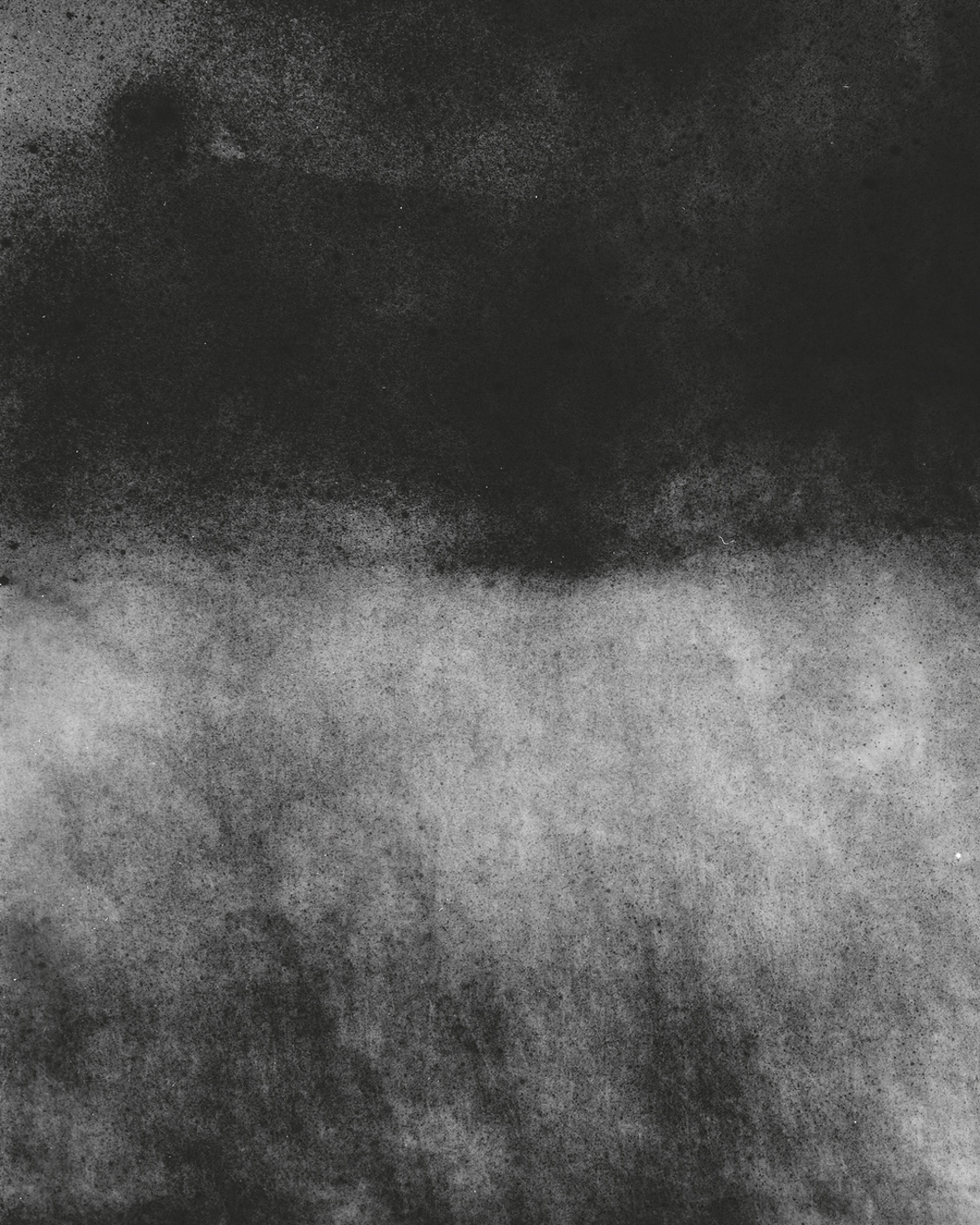
The ‘Shallow Earth’ series itself is a visual accompaniment to my second novella, ‘And Then Gone’, which takes as its oblique subject the buried life of England’s hinterlands around Hadrian’s Wall. Both the book and these images form a meditation on narratives of the deep past, and the stories of lives now ‘flattened between the pages of earth’.
Images from the series are shown below (click to view image at full size / original format).
ABOUT RICHARD SKELTON
Richard Skelton is an artist from Lancashire in northern England. His work is informed by landscape, evolving from sustained immersion in specific environments and deep, wide-ranging research incorporating toponymy and language, ecology and geology, folklore and myth. Between 2005 and 2011, he published 20 editions of music via his own acclaimed Sustain-Release Private Press, under such names as A Broken Consort, Clouwbeck and Heidika. He currently runs Corbel Stone Press with the Canadian poet Autumn Richardson, with whom he edits the biannual journal of eco-literature, Reliquiae.
His books include Landings (2009), a deeply personal study of the West Pennine Moors of Lancashire; Moor Glisk (2012), a poetic exploration of the effects of the Industrial Revolution on rural Lancashire; Limnology (2012), a long form typographical essay on the mythology of rivers, including a glossary of over 1,000 ‘water-words’, and Beyond the Fell Wall (2015), a meditation on the inanimate life of the Cumbrian uplands. His first novella, The Look Away (2018), was longlisted for the Portico Prize..
Website: corbelstonepress.com
Twitter: @Corbel_Stone
Tumblr: @richardskelton
CREDITS
Unless otherwise stated, all words and images in this article are © Richard Skelton

